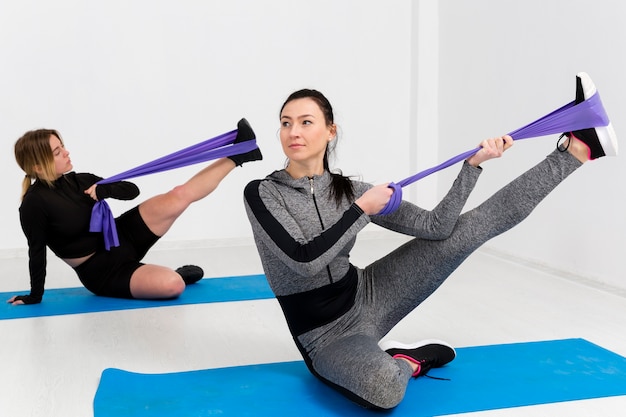Understanding the dynamics of various exercises can enhance your workout sessions. One such exercise is the Parallel Press, also known as the Dip or Parallel Push-up. This multi-joint exercise is beneficial for multiple muscle groups and is a valuable addition to your fitness routine.
The Mechanics of Parallel Press
The Parallel Press is a complex exercise requiring precise execution for maximum effectiveness. Here鈥檚 how you can do it correctly:
Starting Position
Begin by supporting yourself on parallel bars with your upper limbs. Your grip can be either neutral or neutral/prone, with your hands spaced at or wider than shoulder-width. Your arms should be tense, and your body should lean forward, which depends on the distance between your hands. The further apart your hands, the more you lean forward.
Execution
Lower your body in a controlled manner until your shoulders align horizontally with your elbows or slightly below. This position may vary based on your mobility, grip, and shoulder rotation. This movement involves bending your elbows, extending your shoulders, and drawing your shoulder blades together. If your elbows point outward or your shoulders rotate internally, they will also move apart.
Push back to the starting position without bouncing. In this phase, your elbows straighten, your shoulders flex and adduct if they were abducted during the descent, and your shoulder blades rotate downward as they move apart.
The Muscles at Work
The Parallel Press engages multiple muscle groups. Here鈥檚 a breakdown of the muscles involved:
Initial Phase: Shoulder Flexion Muscles
In the initial phase, the primary muscles engaged are the Pectoralis Major, Anterior Deltoid, Coracobrachialis, and Biceps Brachii. These muscles are responsible for shoulder flexion, stabilizing your body, and controlling its descent.
Upward Movement Phase: Shoulder Adduction Muscles
During the upward phase, the focus shifts to the Latissimus Dorsi and the Teres Major. These muscles are crucial for shoulder adduction, helping lift your body back to the starting position smoothly and stably.
Elbow Extension Muscles
The Triceps Brachii and Anconeus muscles extend the elbows during the exercise. They work with other muscles to control the lowering and lifting of your body, ensuring smooth transitions.
Scapular Stability Muscles
For scapular stability, the Serratus Anterior and Pectoralis Minor support scapular abduction, keeping your shoulder blades stable and well-positioned. The Levator Scapulae and Rhomboid muscles facilitate the downward rotation of the scapulae, ensuring they remain aligned and stable.
Supporting Stabilizing Muscles
Various stabilizing muscles are essential for maintaining stability in your shoulders, scapulae, elbows, grip, torso, hips, and knees during the Parallel Press.
Conclusion
The Parallel Press is a powerful exercise that engages multiple muscle groups and offers numerous benefits. By understanding its mechanics and the role of each muscle group, you can perform it effectively and enhance your strength, stability, and overall fitness. Next time you鈥檙e at the gym, try the Parallel Press and experience its benefits firsthand!







